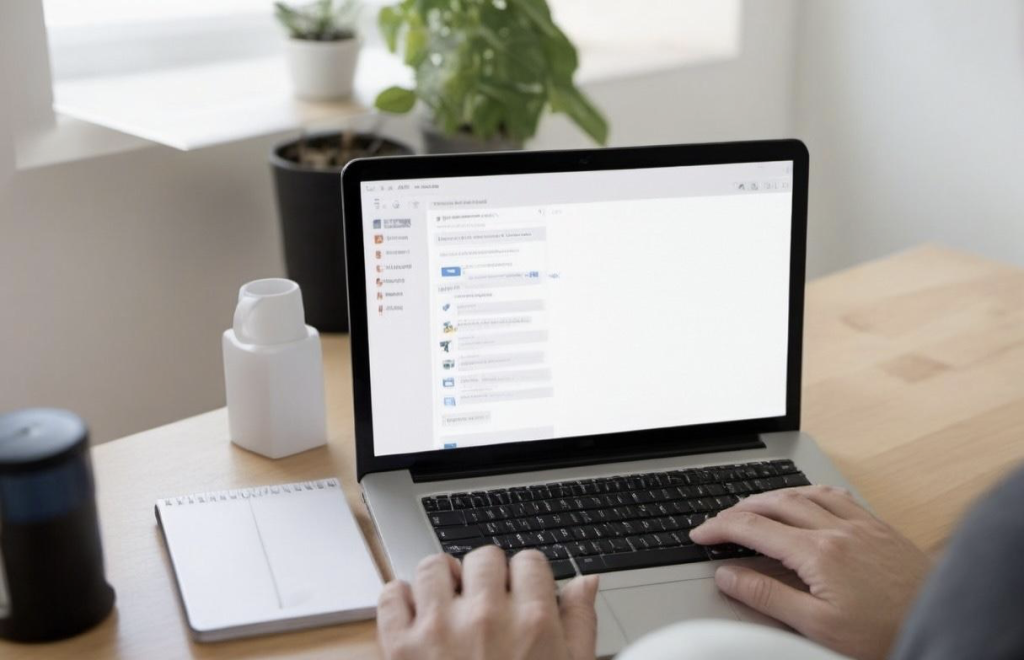
Messages from unknown recipients aren’t only distracting and annoying, but they also take up space in your email box and degrade the mail system. Let’s look at 5 basic ways to get rid of spam and reduce the number of intrusive messages in your mail.
Don’t Respond to Suspicious Emails
Never respond to spam emails. If detractors realize that the address is valid, they will send messages in triplicate.
How do you know if an email is spam? You can be guided by the following criteria:
- Unfamiliar or dubious sender. You should be careful here because scammers can use addresses similar to those of well-known online stores, banks, betting sites like https://22bet.sn/en, and services (for example, gogle.com instead of google.com).
- A provocative or catchy headline: “Urgent,” “Unreal discounts only today,” “Bombastic promotion,” and the like.
- Suspicious links to unfamiliar sites. Sometimes it’s obvious that the link looks strange (for example, it’s too long or contains incomprehensible symbols and combinations). But some attackers simply disguise them. If you have any doubts, you can put your mouse cursor over the link and see if it’s displayed the same way or if the address changes.
- Abstract wording, unrealistic promises, and suggestions in the message that are irrelevant to you.
One common mistake is trying to exclude yourself from the newsletter. According to the rules of email newsletters, an unsubscribe button should be in every email. Normally, if you choose to unsubscribe, you will no longer be bothered by emails from that recipient. However, many scammers use this button in the opposite way — they put the address in the list of active emails. So, use unsubscribe only if you are sure of the sender’s address.
Don’t follow the links from the letters. This is especially true if spam does leak into your work email because the entire corporate system may be affected.
Mark Unwanted Emails as “Spam”
In every email service, this function works in much the same way: you need to mark the email and then click the “Spam” button. After that, you can go to the spam folder and delete emails from there as well; just click “Clear folder.”
If emails still come to your inbox, repeat the actions again, the mail service will learn and memorize unwanted addresses. The mail system will automatically filter such emails and send them to the appropriate folder.
Another option is to add intrusive addresses to the blacklist. However, there is one nuance; sometimes filtering works on those addresses that are important for the user. If you use Blacklist, always check what gets into it and restore important messages.
Use Additional Anti-Spam Protection
There are both paid and free programs and extensions that protect from viruses and spam not only the mailbox but also the entire working system.
Many of them work comprehensively so that if a malicious link from an email is accidentally activated, the programs will help prevent infection or simply prevent you from accessing a dangerous resource.
You can also set up content filtering. The filter won’t miss typical spam content and will immediately send messages to the trash. An important benefit of this protection option is that you can set individual settings. However, this method requires technical knowledge and time, so it’s more suitable for companies.
Create Multiple Emails for Different Purposes
If you often create accounts on different sites and subscribe to mailing lists, it’s better to create a separate mailbox for these purposes.
Distinguish between personal correspondence and registrations on Internet resources. After all, the more often you leave your address on the Internet, the higher the chance that one day spammers will “stumble upon” it. And if there is a data leak, spam will go to the address where it won’t be so critical.
Sometimes spammers find addresses by brute force. In their attempts to find a valid address, they use different variations of first and last names and substitute the names of common email clients. To avoid getting on their lists in this way, you can register a domain and create a mail on its basis.
Don’t Leave Email on Publicly Available Resources
To avoid spam, try not to put your contacts in the public domain and don’t use them for registration on dubious services.
Don’t put your email on personal pages, social media, or public sites. There are programs that regularly bypass sites and collect email addresses on them.
Sometimes scammers hack into the mailboxes of ordinary users and make mailings directly from them. To prevent this from happening to your address, create complex email passwords, update them regularly, and don’t use the same combinations for different services. If a spam attack comes from the address of a friend or colleague, contact them immediately via an alternative communication channel and inform him or her about the hack.
So, there is no magic button that you can press to make all the spam in your mail disappear instantly and never bother you again. However, if you take precautions and react to junk mail correctly, you can significantly reduce the number of annoying ads in your inbox and reduce the chance of getting caught in the crosshairs of ill-wishers.